Almost exactly 175 years ago, in 1845, HMS Erebus and HMS Terror sailed west from Disko Bay, Greenland on a planned three-year expedition led by Captain Sir John Franklin, aiming to navigate the ice-choked waters between Baffin Bay and the Pacific coast. By the following September, both ships were icebound; a year later Franklin perished, followed by the rest of his crew, some of whom allegedly resorted to cannibalism. None completed the journey.
In September 2016, around the time the wreck of the Terror was discovered, some 1,000 tourists sailed from Anchorage to New York, enjoying close encounters with polar bears and whales – as well as a choice of restaurants and bars, a gym and pool, even a cinema and nightclub. The Crystal Serenity was the first conventional luxury cruise ship to traverse the infamous Northwest Passage – but it won’t be the last.
Change is afoot in the Arctic, largely driven by climate change. On 16 September 2012, Arctic sea-ice reached its lowest recorded extent: 3.41 million km2, nearly 50% less than the 1979–2000 average minimum. Stretches once consistently packed with ice, notably the Northwest Passage and Northeast Passage (including the Northern Sea Route, off Russia’s Arctic coast), are now ice-free for much of the year, permitting large-scale shipping traffic.
That latter route offers an alternative to the Indian Ocean/Suez Canal route for commercial vessels linking Asia with Europe, cutting as much as 40% off the journey time. And, of course, it also opens the way for increased tourism.
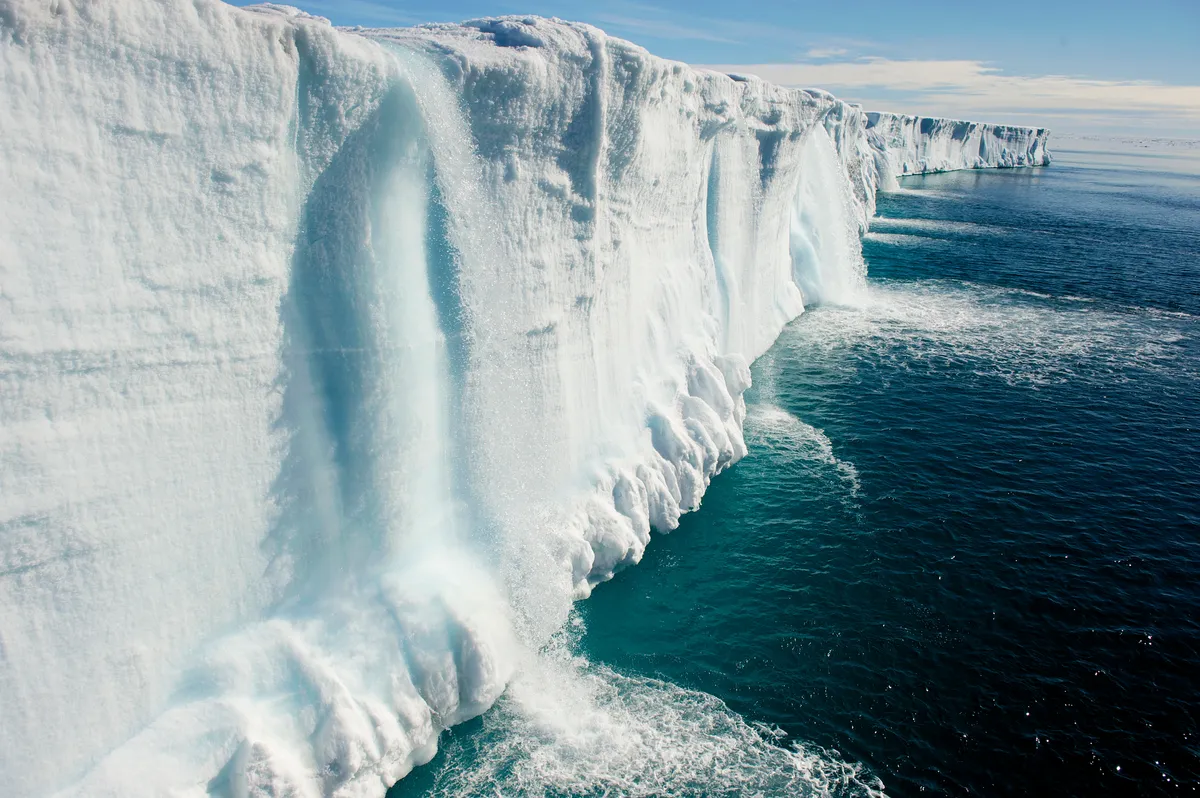
The booming global cruise market – passenger numbers ballooned from 17.8 million in 2009 to an estimated 30 million in 2019 – is a key driver in the growth in Arctic tourism. Total passengers on expedition cruise ships in the Arctic nearly trebled from 12,744 in 2009 to 32,356 in 2019, according to the Association of Arctic Expedition Cruise Operators (AECO). And that doesn’t include larger conventional cruise vessels.
Could the Arctic be the next wildlife tourism frontier – the new Maasai Mara? There are, obviously, significant differences. One is sun-drenched savannah, the other icy ocean; the Greater Serengeti Ecosystem is a 30,000km2 sea of grass and scrub, while the Arctic is 1,000 times larger, spanning 32.2 million square kilometres – slightly bigger than the African continent.
But nature- lovers head to both regions to watch large, charismatic creatures roam wild expanses: lion, leopard, elephant and giraffe in East Africa, polar bear, orca, beluga and walrus in the Arctic, which hosts 34 species of marine mammals.
Could overtourism, which some visitors bemoan in parts of the Mara, also afflict the northern polar ocean? Until now, the majority of Arctic itineraries have focused on Svalbard, which is easily accessible and has historically offered ample sightings of polar bear, walrus, whales and seabirds. In 2019, nearly two-thirds of passengers on AECO member vessels visited this Norwegian archipelago.

“One of the issues in the Arctic, like the Antarctic, is there are certain hotspots and best landing sites,” comments BBC Wildlife columnist and conservationist Mark Carwardine, who’s been visiting the region for over three decades. “It’s not like everybody spreads out – they all want to go to particular seabird colonies, or hotspots for bears, or whatever. Svalbard is about three times the size of Wales, but if everyone is aiming for the same few places, it becomes a big issue.”
How many tourists can visit the Arctic and what are the impacts?
There are attempts to tackle this problem. Before the start of each sailing season, AECO members – which represent the majority of expedition cruise operators – submit sailing plans and book timeslots to visit each site, to avoid two vessels visiting at the same time. In Svalbard, this is managed in collaboration with local authorities, which can impose further restrictions at vulnerable sites, for example during bird mating or moulting seasons.
But there are big differences between the impacts of, and experiences offered by, expedition ships carrying between 30 and 500 passengers and conventional cruise vessels, which may bring more than 2,000 people to Longyearbyen on Spitsbergen.
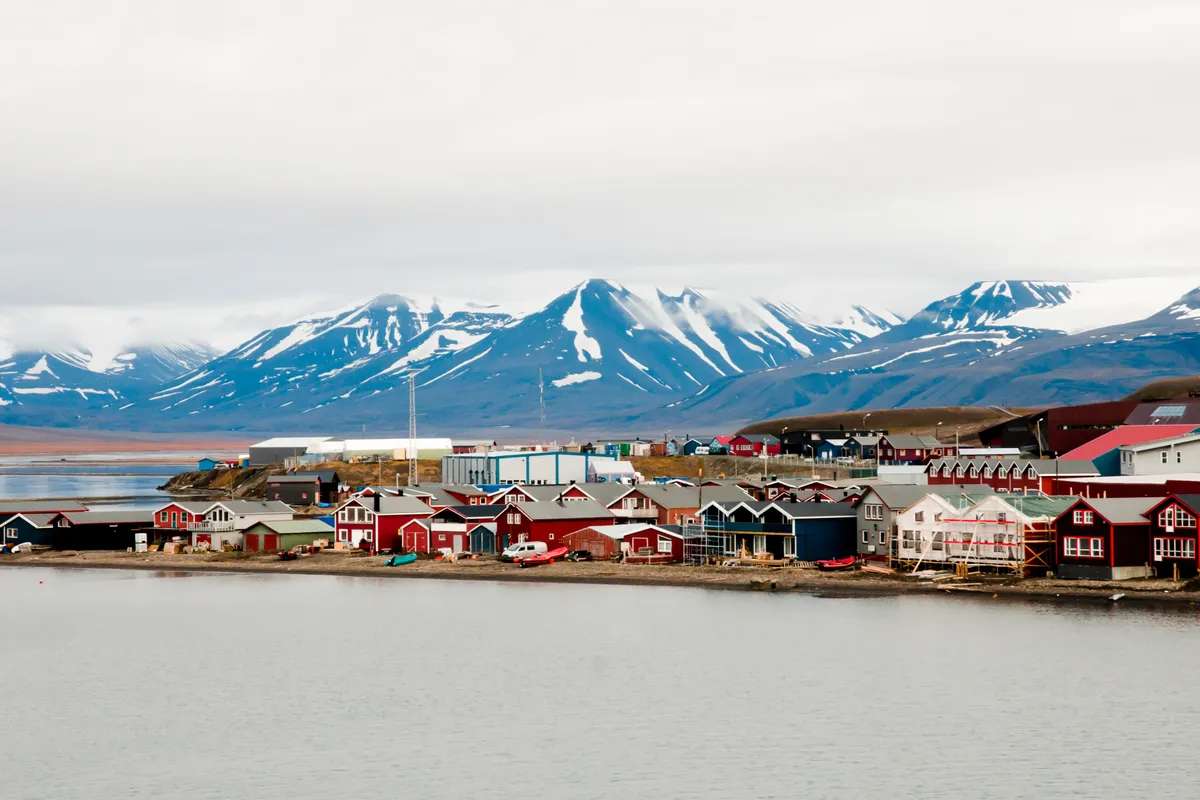
“Expedition ships are smaller, so less reliant on port infrastructure,” says Edda Falk, AECO communications manager. “They can take passengers ashore in remote areas that don’t have ports or settlements, using tender boats or Zodiacs, so can access sites that bigger vessels can’t.”
To an extent, though, boundaries are becoming blurred. “Traditionally, expedition cruising was defined by small groups of relatively intrepid travellers exploring the remote corners of the globe,” says Aaron Russ, director of Heritage Expeditions.
“In recent years, a new version of the ‘expedition traveller’ is sailing on ships carrying upwards of 500 guests. Aside from their size and the logistics of taking larger groups to the Arctic, in food, fuel and crew, there is also the impact when landing and interacting with wildlife. These guests all still want to walk around, experience and see everything – there are just a lot more of them and, by default, this increases the potential for impact.”

That impact comes in many forms, from carbon emissions to the potential for spills of oil, sewage and other wastewater, solid rubbish and bilge water from engines and other machinery. Emptying and cleaning ballast tanks can also result in the introduction of non-native, potentially invasive species. There’s also the risk of direct disturbance to sensitive wildlife, plants and cultural remains.
Unlike the Antarctic, designated a natural reserve dedicated to peace and science by a 1959 treaty, the Arctic does not benefit from internationally agreed legal protection limiting mining or other exploitation. Nonetheless, AECO operators adhere to an extensive set of rigorous guidelines covering safety, biosecurity, community interactions and operations designed to minimise disturbance.
And the Arctic Marine Tourism Project, co-ordinated by the Protection of the Arctic Marine Environment (PAME) Working Group of the intergovernmental Arctic Council, has produced a set of best practice guidelines.
Where do tourists go in the Arctic?
Unsurprisingly, as more ships visit Svalbard, operators and travellers look to farther- flung destinations for wilder experiences: Arctic Canada, Greenland and Arctic Russia. AECO- registered visitor numbers to Franz Josef Land, a Russian archipelago east of Svalbard, doubled from 500 in 2014 to 1,000 in 2019, though for now bureaucracy limits numbers.
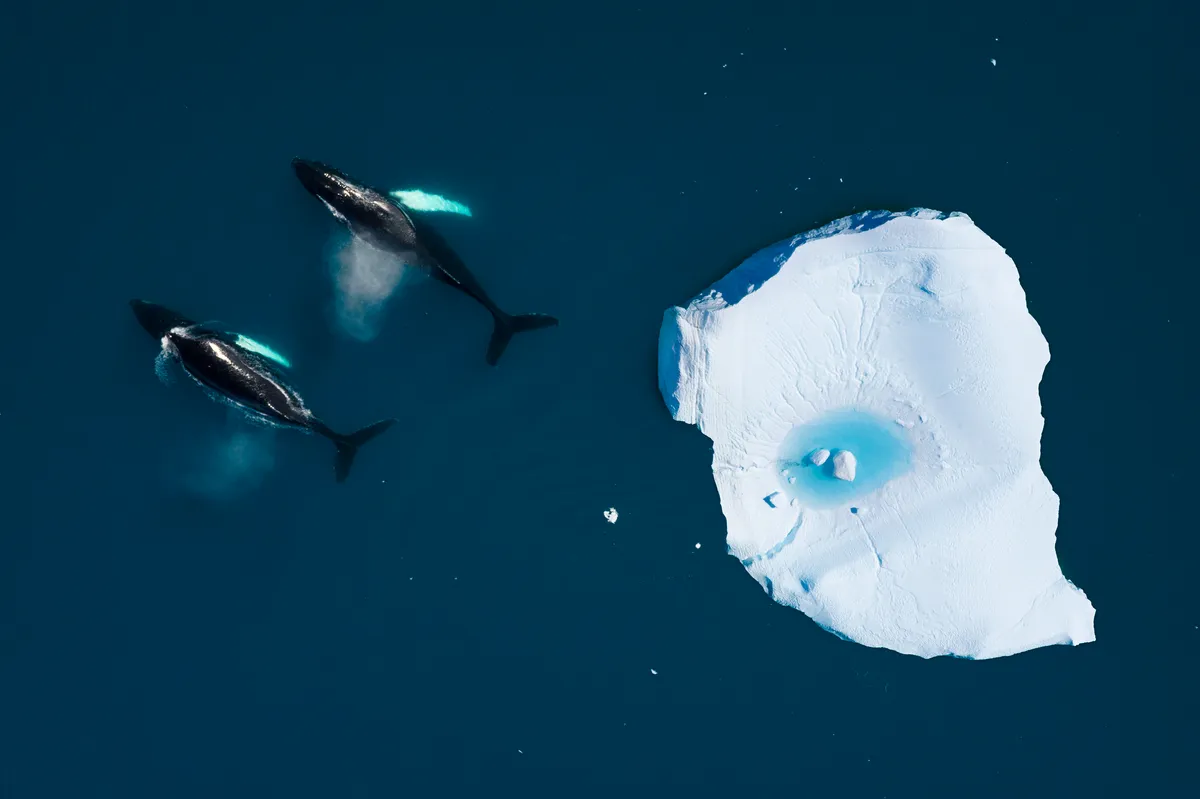
“Currently, visa clearance procedures have to be conducted in Murmansk,” which adds up to three days to the voyage from Svalbard, explains Edda Falk. “It would be attractive for operators to cross-sail direct, and there are signals that visa/passport clearance will be instituted in Franz Josef Land.”
Farther east still, Wrangel Island offers a yet-more-remote and challenging destination. “There’s more of everything, except people,” says Mark Carwardine. “You just get into the ice and look up, and there’s a bear – they’re everywhere. You’ve also got more variety, with bowhead whales, grey whales, wolverines.”
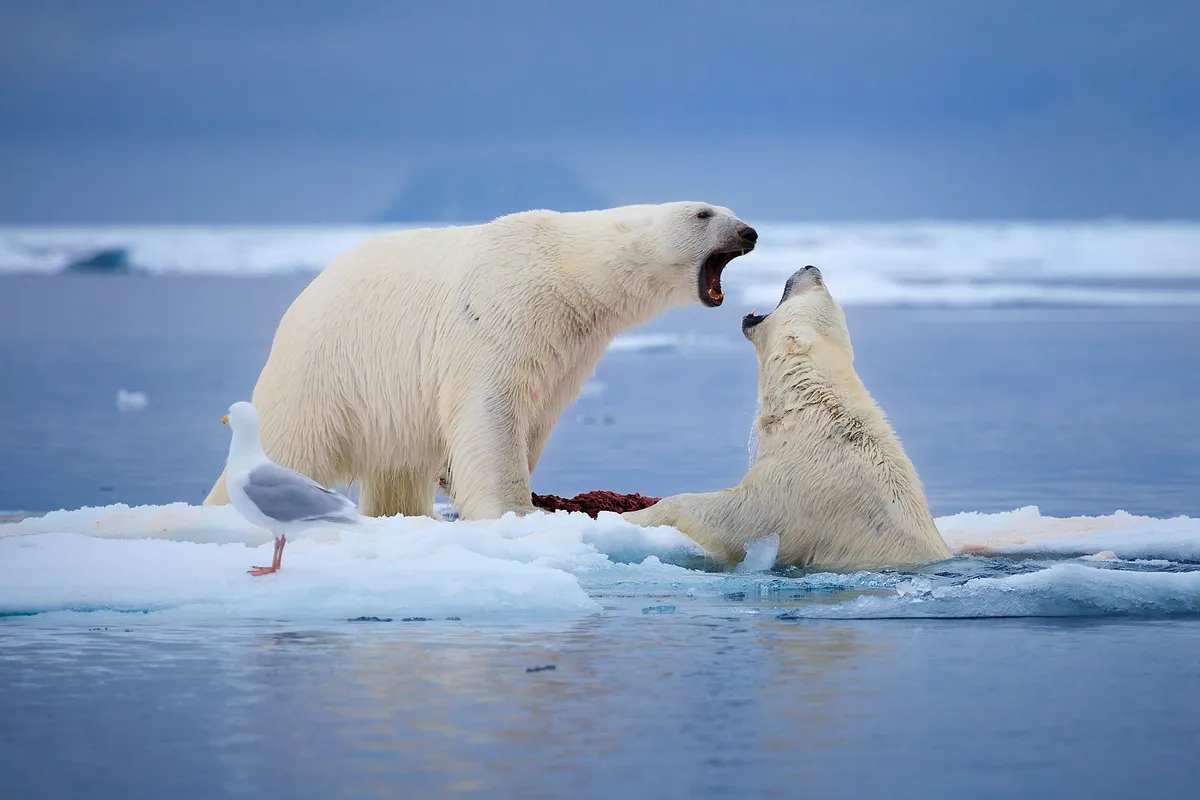
This area is much harder to reach, requiring a flight right across Russia, so far fewer people visit and, at present, tourism is strictly managed to protect island ecology.
“Only one group is allowed to visit at a time, and all vessels are accompanied by reserve rangers who supervise and manage all landings,” reports Aaron Russ. Russian authorities have stated an intention to further develop the Arctic, including tourism; participants at a recent meeting in Arkhangelsk reportedly agreed that this development must be anthropocentric – human interests must be prioritised. And that’s a pertinent point: the Arctic is far from empty of humans.
“Four million people live in the region and make their living there,” says Edda Falk. “So there will be economic activity in the Arctic. Expedition cruising can be a considerate way of bringing visitors into the region so they can experience it, without the need to build infrastructure and make changes in the landscape. If you do it right, you can do it in a sustainable way.”
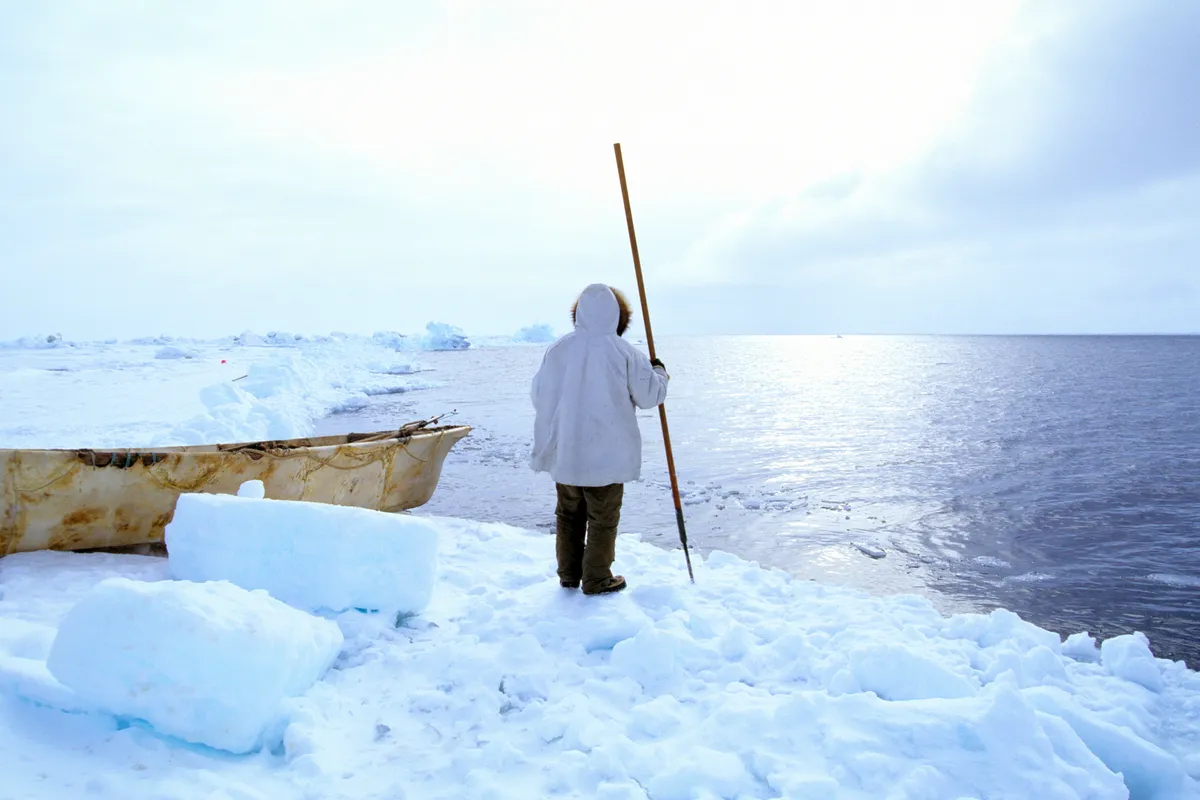
Can Arctic tourism be sustainable?
Sustainability comprises various elements. Many new Arctic-class vessels are ‘greener’, increasing fuel efficiency, and reducing carbon and other emissions, disturbance of the seafloor at landing sights, and light and other pollution. AECO co-ordinates clean-up programmes collecting beach waste in both Svalbard and Franz Josef Land. Many operators also enable passengers to participate in ‘citizen science’ projects, and support important conservation.
“We are active partners of several research programmes in both polar regions in various capacities, including Seabird Watch, Penguin Lifelines, Happywhale and Polar Bears International,” says Lyndsey Lewis, Quark Expeditions operations and sustainability manager.
And as Aaron Russ explains, Heritage Expeditions aims to boost the fortunes of a Critically Endangered bird species: “Our eight-year relationship with the Spoon-billed Sandpiper Task Force is a good example of how we support conservation organisations and reserves we visit; we are actively involved in providing transport for researchers and spoon-billed sandpiper eggs and chicks, as well as on-the-ground monitoring.”
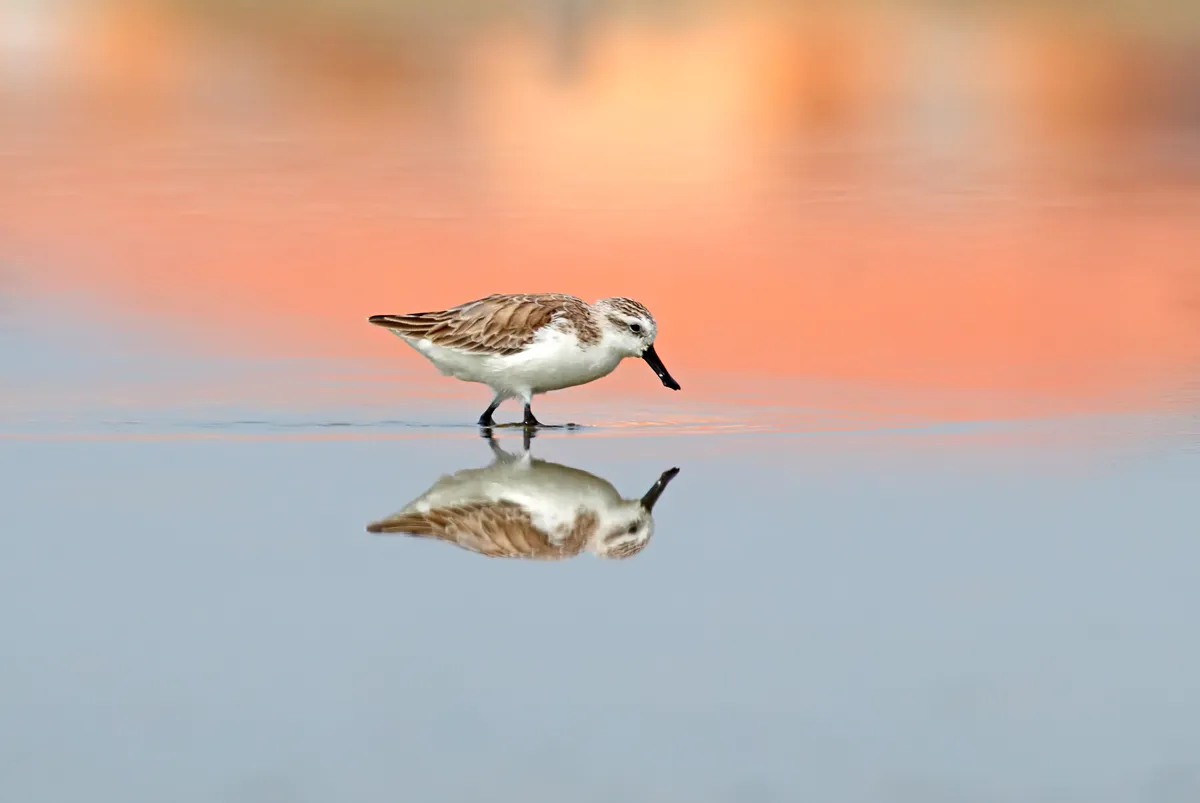
Climate change in the Arctic hits communities as well as wildlife. For example, belugas, whose lack of dorsal fins enables them to shelter under ice, are more easily predated by orcas as the sea-ice retreats; changes in their movements affect Indigenous peoples in the Canadian Arctic who traditionally hunt beluga and seals. And, of course, the arrival of increasing numbers of tourists also has an impact.
Commenting on Crystal Serenity’s 2016 cruise, a WWF Arctic 2018 report noted that: “While tourism like this brings income to some indigenous communities, it also exerts a powerful transformational pressure all its own. At times, the Crystal Serenity tourists who went ashore to visit Indigenous villages outnumbered the Inuit living there by a factor of more than two to one. These temporary invasions awakened fears that the ship was enabling a form of ‘extinction tourism’ – people hastening to see vanishing ecosystems and accelerating their destruction in the process.”
“The carrying capacity is different in different places,” says Justin Francis, founder and CEO of Responsible Travel. “Spitsbergen is well set up for tourism, which is tightly regulated, and where many residents are involved in tourism and research; it has the infrastructure to manage relatively large numbers. Smaller places with indigenous communities, for example in Greenland, have a much smaller capacity. The key is to ensure that tourism creates better places to live in, as well as to visit.”
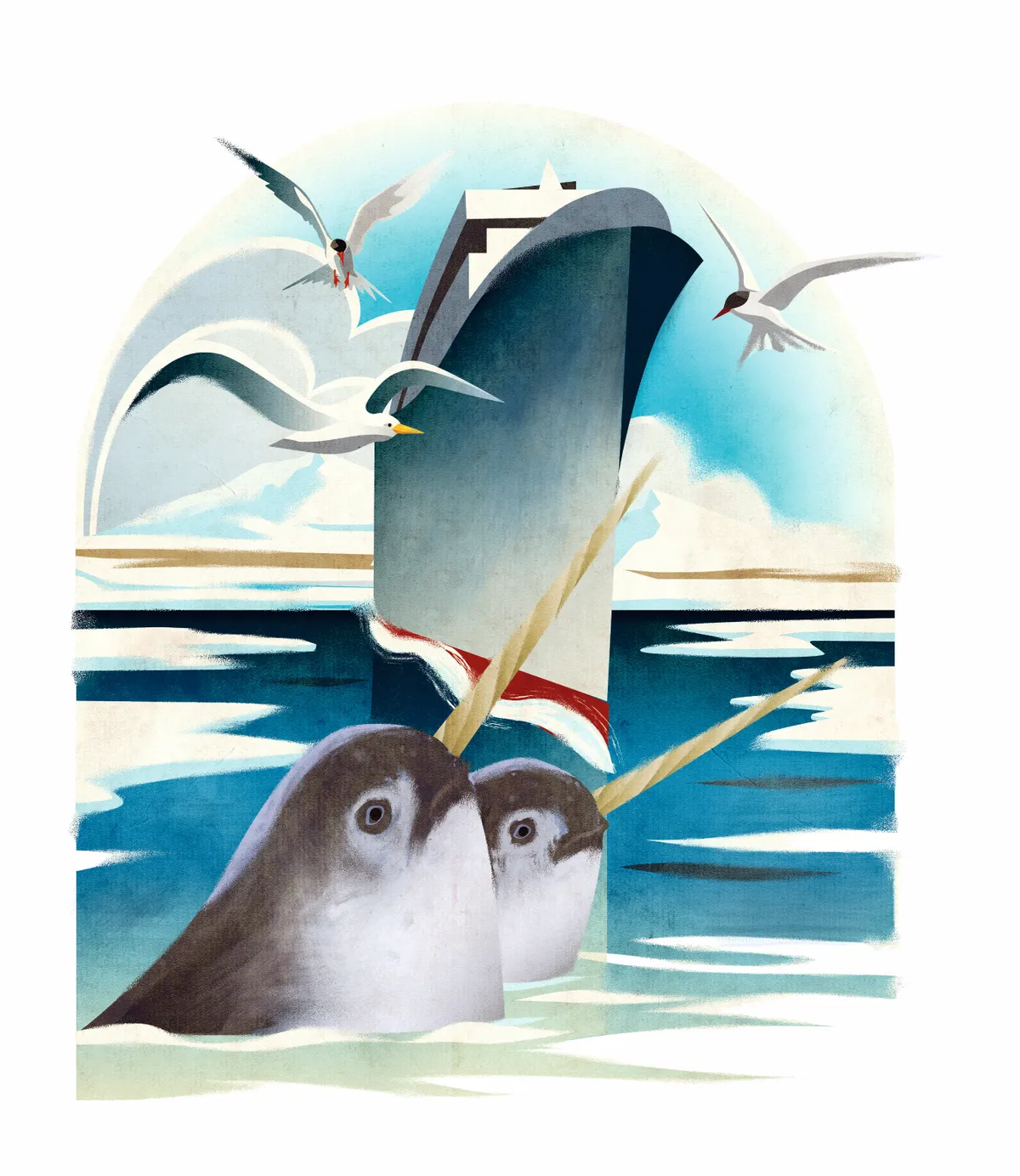
Several companies support communities in the Arctic directly, and financially through onboard auctions. “We have programmes in place to deliver goods and supplies to very remote settlements,” says Quark Expeditions’ Lyndsey Lewis. “Our passengers are also encouraged to purchase handicrafts and souvenirs, and strongly discouraged from buying supplies from local stores because, even if it does inject small sums of money, these are rarely replenished and reduce the community’s inventory.”
So, it could be argued that Arctic tourism can be done sustainably – but as numbers rise and larger ships proliferate here, sustainability may be tested. Whether the Arctic itself can sustain its natural and human communities in future remains to be seen – and tourism may play only a minor role in that outcome.
“When I first visited the Arctic, it never rained – now it rains quite often,” observes Mark Carwardine. “And temperatures have increased. I wouldn’t say there’s less wildlife now – it’s just harder to find because it’s less predictable. In 30-odd years of travelling to such places, very rarely do I go somewhere for a second time and find more wildlife and fewer people.”
Main illustration: Eric Smith
This feature originally appeared in BBC Wildlife Magazine. Take a look inside the current issue and find out how to subscribe.
November 2020: This feature is a finalist in the Sustainability Feature of the Year category of the Travel Media Awards. The winners will be announced on 25 January 2021.